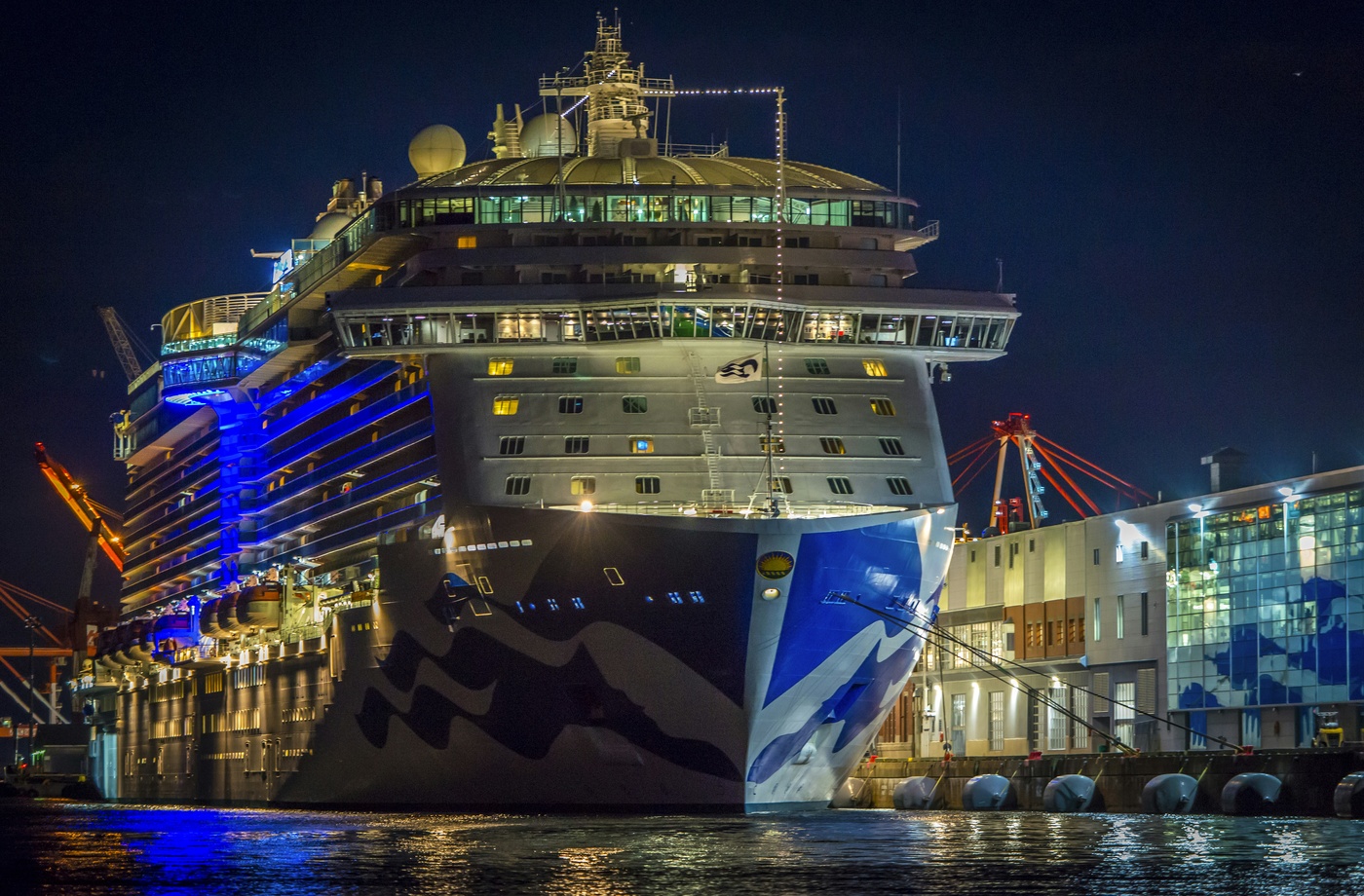Taking your first cruise is exciting—but it can also be overwhelming if you’re unfamiliar with how things work on the high seas. From booking the right stateroom to understanding embarkation, cruise dining, and port days, there’s a learning curve. But with a little preparation, your maiden voyage can go smoothly from start to finish.
Here’s what every first-time cruiser should know before setting sail.
- Choose your cruise line carefully
Each cruise line has a distinct personality. For example:
- Carnival is lively, affordable, and ideal for families or fun-seeking travelers
- Royal Caribbean offers adventurous onboard activities like surf simulators and rock walls
- Norwegian provides flexible “Freestyle Cruising” with no strict schedules
- Princess Cruises is more refined and destination-focused
First-timers often enjoy lines that balance budget with amenities and good entertainment.
- Understand cruise fare inclusions (and exclusions)
Your cruise fare covers accommodations, meals at main dining venues, onboard entertainment, and most activities. However, the following often cost extra:
- Specialty restaurants
- Alcohol and soda
- Shore excursions
- Wi-Fi and spa treatments
- Gratuities (automatic on most lines)
Make sure to budget for these add-ons so there are no surprises.
- Book the right stateroom
Cabin choice affects your cruise experience:
- Interior rooms are the most budget-friendly
- Oceanview rooms offer natural light with a window
- Balcony cabins give you private outdoor space
- Suites come with extra perks and more space
Midship and lower-deck cabins tend to have less motion, which is better for those prone to seasickness.
- Arrive at the port a day early
It’s wise to fly in the day before your cruise to avoid travel delays. This is especially important for international travelers. Book a hotel near the port and relax before embarkation day. Sites like Booking.com and Hotels.com are great for finding nearby accommodations. - Download the cruise line app
Most major cruise lines have apps you can use to:
- Check in
- Book shows and excursions
- Review daily itineraries
- Message other guests
Apps vary by line, so download yours before boarding and explore the features.
- Learn how embarkation works
Boarding day can be hectic. Bring your passport, printed boarding documents, and a carry-on with essentials like medication, swimwear, and chargers (checked luggage may take hours to arrive in your room). Boarding is typically organized by time slot, which you’ll select in advance. - Plan your shore excursions early
Popular excursions sell out quickly. Review your itinerary ahead of time and book experiences either directly through the cruise line or via reputable third-party providers like Viator or Shore Excursions Group. - Pack smart—and pack light
Cruise cabins are compact, so pack strategically:
- Mix-and-match outfits
- Swimsuits, sunscreen, and flip-flops
- A sweater or light jacket (even tropical cruises can get chilly)
- Luggage tags, magnetic hooks, and over-the-door organizers to maximize cabin space
- Know the tipping policy
Most cruise lines add daily gratuities automatically to your onboard account. Rates typically range from $14–$20 per person per day, depending on the cruise line and cabin type. - Don’t stress—cruise staff are there to help
From your cabin steward to your dining room waiter, cruise staff are trained to ensure you have a great trip. Don’t hesitate to ask questions, make requests, or report issues. You’re not expected to be a cruise expert on your first voyage.
Final thought
Your first cruise should be about relaxation, discovery, and fun. With a little upfront planning and the right expectations, you’ll be ready to make the most of your time at sea—and maybe even start planning the next one before you return home.



